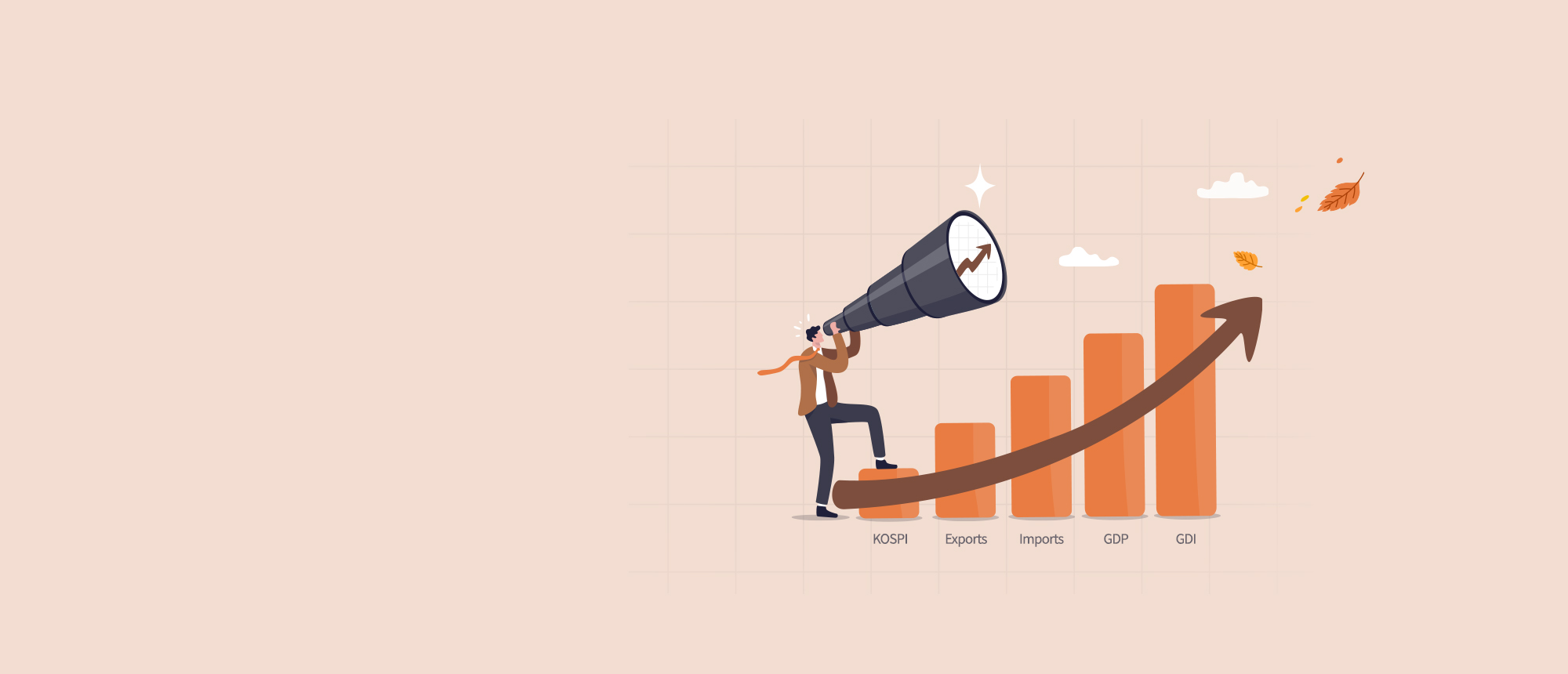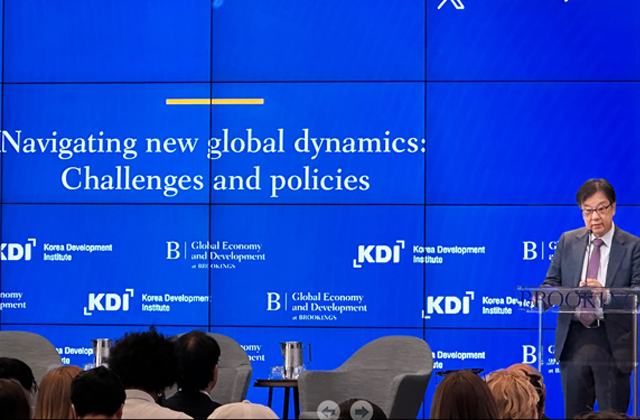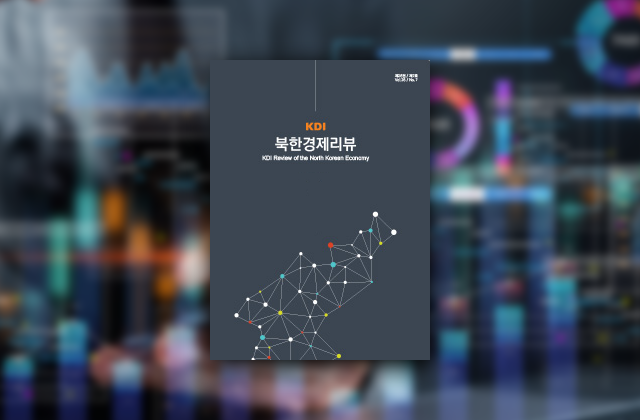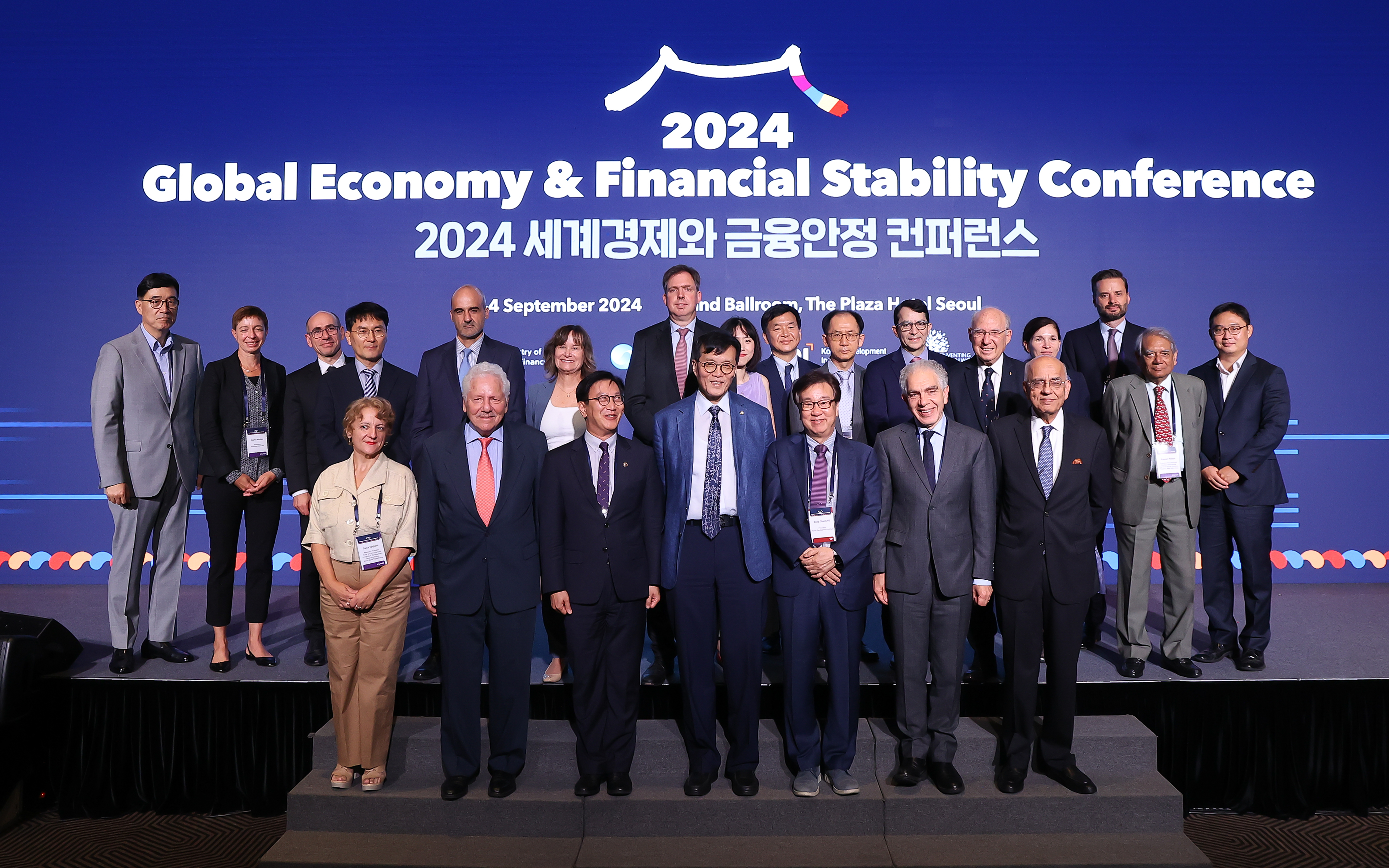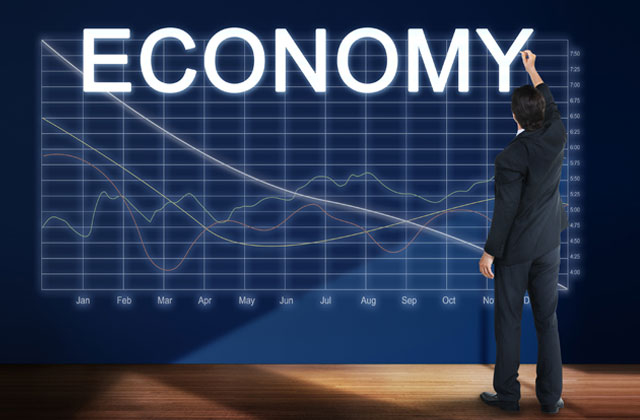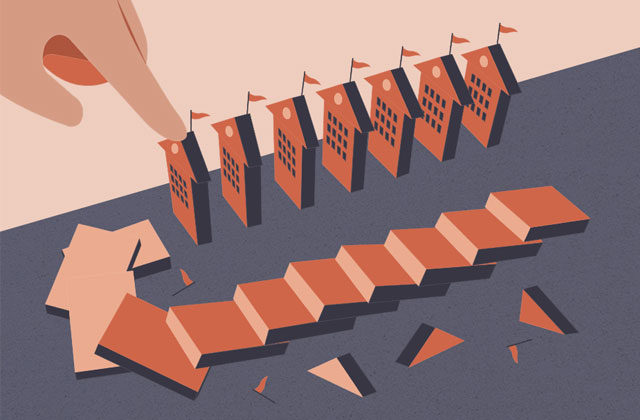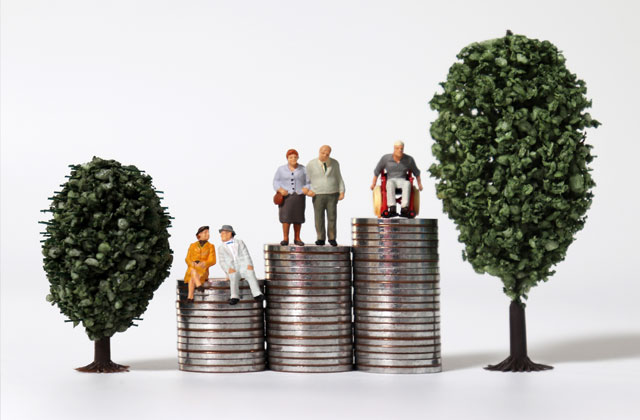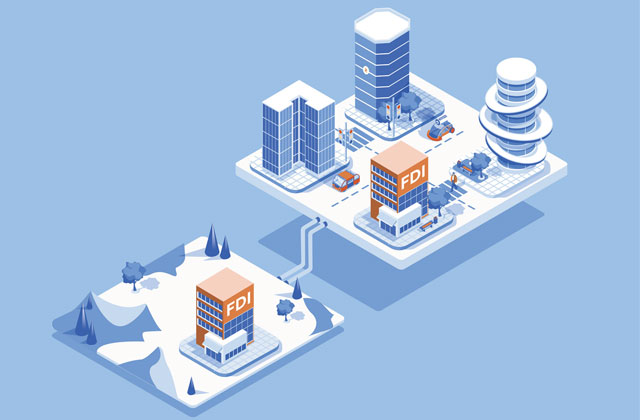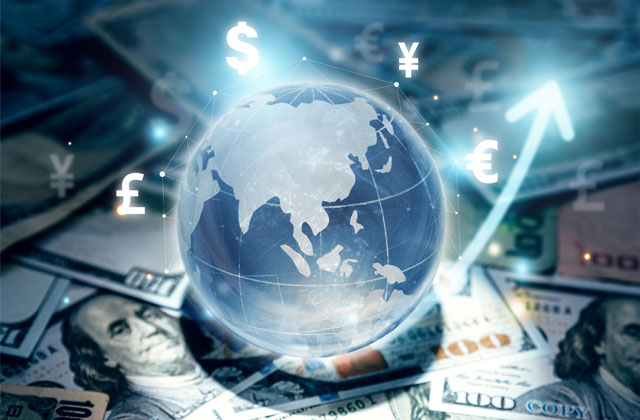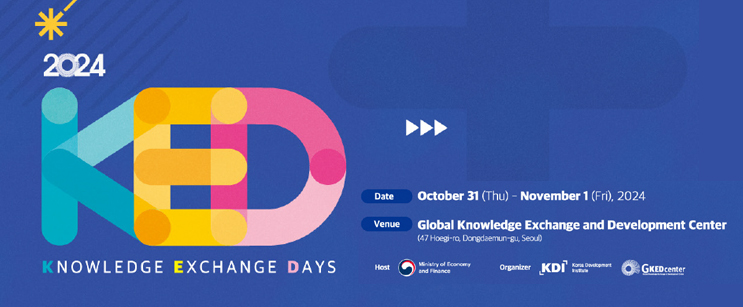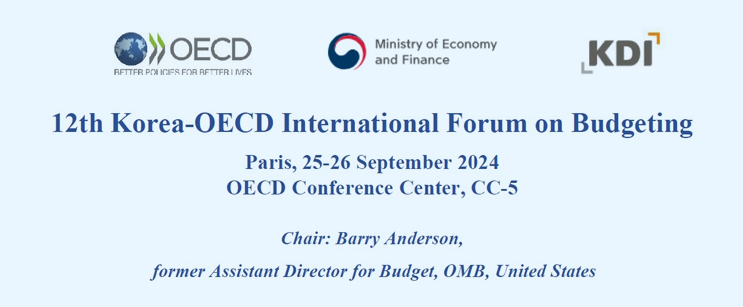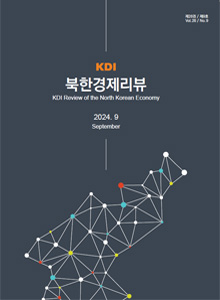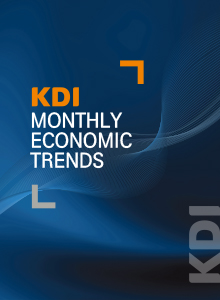HOT ISSUE
SPOTLIGHT
LATEST REPORT
EVENT
PERIODICALS
SNS
TOP VIDEO PICKS
Recommend VOD


Stalled Growth in Electric Vehicle Adoption, Where Do We Go from Here?


Why South Korea Ranks High in OECD Working Hours
#General(Other) #Wages·Labor Productivity·Wage Inequality

The Rise of Working Moms: Examining its Impact on the Labor Force Participation Rate of Women in Their 30s


What If My Landlord Doesn‘t Return My Jeonse Deposit?
#Public Enterprises Studies #Real EstatePopular VOD


National Pension, It’s Time for Structural Reform!


Is being a mom asking women to give up on their dreams?


Increasingly frequent adverse weather conditions…What if the price rises with every rainstorm?


Every Second Elderly Person is Impoverished: Why They‘re Struggling
#Demographics #Pension #Poverty, Income Redistribution #Welfare PolicyKorea Development Institute
NEWS
-
KDI News
KDI-Brookings Joint Research Book Launch Event
Oct 22, 2024 -
KDI News
The 12th Korea-OECD International Forum on Budgeting
Oct 10, 2024 -
KDI News
2024 KSP Dissemination Conference: 20th Anniversary of Knowledge Sharing Program (KSP)
Sep 12, 2024 -
KDI News
2024 Global Economy & Financial Stability Conference
Sep 10, 2024 -
KDI News
Participation in Korea-LAC Forum and Meeting with Brazilian Vice President
Aug 20, 2024
World's Leading Think Tank, Korea Development Institute.

